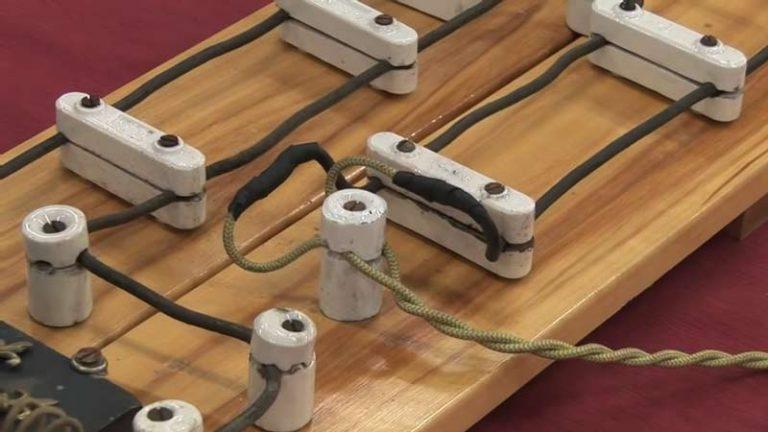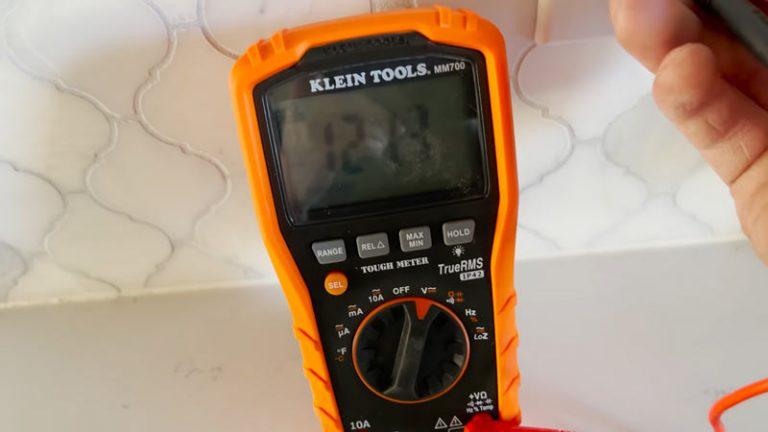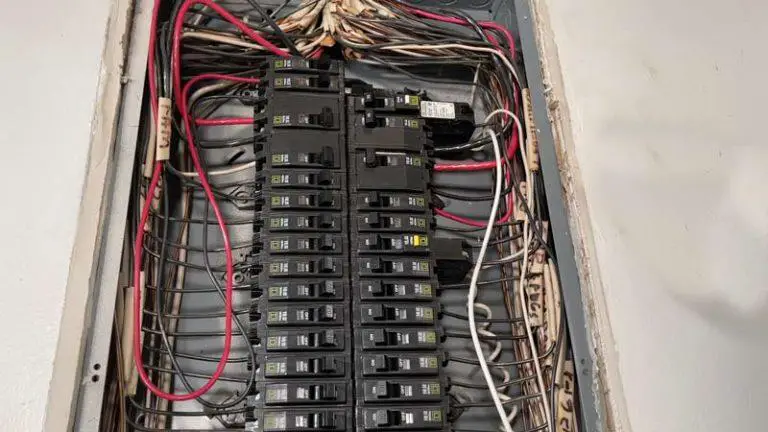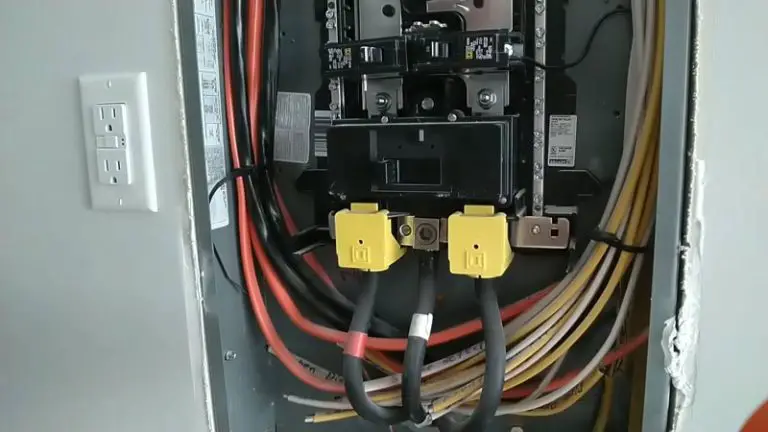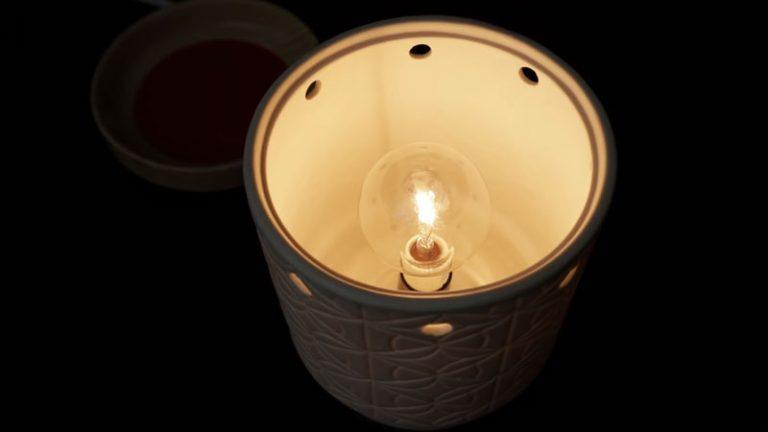How to Run a 12v Winch on Ac Power?
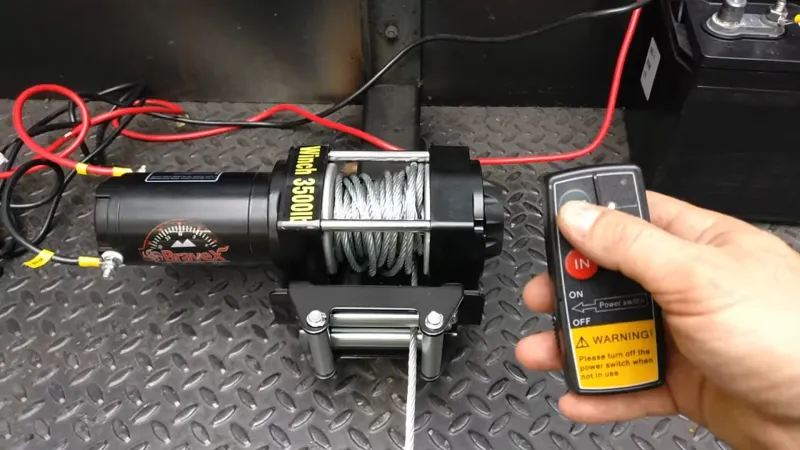
Winches are an essential tool for many industries and applications, allowing users to safely and efficiently lift, haul, and move heavy loads.
Most winches are designed to be powered by a direct current (DC) source, such as a battery, but in some cases, it may be necessary to use an alternating current (AC) power source. While it is possible to run a 12V winch on AC power, it is important to understand the risks and potential dangers associated with this setup.
In this article, we will explore the steps and considerations involved in running a 12V winch on AC power, as well as alternative methods for powering the winch.
You'll Learn About
Runing a 12v Winch on Ac Power
It is generally not recommended to run a 12V winch on AC power. Winches are designed to be powered by a direct current (DC) source, such as a battery, and using an AC power source can cause damage to the winch and potentially be dangerous.
If you do need to use an AC power source to operate your winch, you will need to use a power inverter to convert the AC power to DC power. However, it is important to note that power inverters are not designed to handle the high current and power demands of a winch. You will need to use a heavy-duty power inverter with a high wattage rating, and it is recommended to use a professional-grade power inverter to ensure the safety and reliability of the setup.
In addition, you will need to use proper wiring techniques and ensure that all connections are secure and rated for the high current and power demands of the winch. It is recommended to seek the guidance of a professional electrician or engineer if you are unsure of how to properly wire and operate a winch using an AC power source.
Overall, it is generally more practical and safer to power a 12V winch using a DC power source such as a battery, rather than trying to use AC power.
Understanding Power Inverters
A power inverter is an electronic device that converts AC power, typically from a wall outlet, into DC power, which is needed to operate a 12V winch. There are several types of power inverters available, including modified sine wave inverters, pure sine wave inverters, and inverters with built-in charging systems.
When selecting a power inverter for a winch, it is important to consider the wattage rating of the inverter. The wattage rating determines the maximum power the inverter can handle, and it is important to choose an inverter with a high enough wattage rating to meet the power demands of the winch. It is also important to consider the type of inverter, as certain types of inverters may be more suitable for certain types of winches and applications.
In addition, it is important to consider the overall size and weight of the power inverter, as well as any additional features or protections it may have, such as surge protection or overload protection. It is also a good idea to research the brand and reputation of the power inverter to ensure that it is reliable and reputable.
Proper Wiring Techniques
Proper wiring techniques are essential when running a 12V winch on AC power, as the high current and power demands of the winch can pose a risk of fire or injury if not handled correctly.
To safely wire a winch to an AC power source, you will need to follow these steps:
- Disconnect the power source from the winch: Before beginning any wiring work, it is important to disconnect the power source from the winch to avoid any accidental shocks or injuries.
- Determine the power requirements of the winch: It is important to know the wattage and current requirements of the winch so that you can select the appropriate power inverter and gauge of wire.
- Select the appropriate power inverter: As mentioned above, it is important to choose a power inverter that is capable of handling the power and current demands of the winch.
- Select the appropriate gauge of wire: The gauge of wire refers to the thickness and capacity of the wire. It is important to use wire that is thick enough to handle the current and power demands of the winch without overheating or posing a fire risk.
- Connect the power inverter to the power source: Using the appropriate connectors, connect the power inverter to the power source, such as a wall outlet or extension cord.
- Connect the power inverter to the winch: Using the appropriate connectors, connect the power inverter to the winch, taking care to ensure that all connections are secure and free of any damage or corrosion.
- Test the connection: Once all connections are made, it is important to test the connection to ensure that the winch is functioning properly and that there are no issues with the wiring.
In addition to following these steps, it is also important to use proper connectors and ensure that all connections are secure. It is a good idea to use connectors that are rated for the high current and power demands of the winch, and to regularly inspect and maintain all connections to ensure that they are in good condition.
Operating a Winch on Ac Power
Operating a winch on AC power requires careful attention and caution to ensure the safety of the operator and those around the winch. Here are some tips for safely operating a winch using an AC power source:
- Follow all manufacturer’s instructions and warnings: Make sure to carefully read and follow all instructions and warnings provided by the manufacturer of the winch and power inverter.
- Use proper personal protective equipment (PPE): When operating a winch, it is important to use appropriate PPE, such as gloves, safety glasses, and hard hats, to protect against injury.
- Keep a safe distance from the load and winch: Make sure to keep a safe distance from the load and winch at all times to avoid the risk of injury from falling objects or entanglement.
- Do not exceed the winch’s rated capacity: Make sure not to exceed the winch’s rated capacity, as doing so can cause the winch to fail or malfunction, leading to injury or damage.
- Secure the load before operating the winch: Make sure to properly secure the load before operating the winch, using appropriate straps, chains, or cables, to prevent the load from falling or shifting during operation.
- Monitor the winch and power inverter for any issues: Pay attention to the winch and power inverter while they are in operation, and be on the lookout for any issues or abnormalities, such as overheating, strange noises, or smoke. If you notice any issues, immediately stop the winch and troubleshoot the problem.
- Regularly maintain the winch and power inverter: Regularly inspect and maintain the winch and power inverter to ensure that they are in good working order and free of any issues that could compromise their safety and reliability.
By following these tips, you can help ensure the safe and reliable operation of a winch on AC power.
Alternatives to Using Ac Power
While it is possible to operate a 12V winch on AC power using a power inverter, it is generally more practical and safer to use a direct current (DC) power source, such as a battery, to power the winch. Some benefits of using a DC power source for a winch include:
Simplicity and Ease of Use
Using a DC power source, such as a battery, is generally more straightforward and easier to use compared to using an AC power source and power inverter.
Greater Reliability and Safety
DC power sources are typically more reliable and safer to use compared to AC power sources, as they are less prone to issues such as voltage fluctuations or power surges.
Greater Portability
A DC power source, such as a battery, is generally more portable and easier to transport compared to an AC power source, making it a good choice for use in a variety of locations.
To maintain and care for a DC power source, it is important to:
- Follow the manufacturer’s recommendations for charging and maintaining the battery. Make sure to follow the manufacturer’s recommendations for charging and maintaining the battery to ensure that it is in good working order and has a long lifespan.
- Regularly check the battery’s charge level. Keep an eye on the battery’s charge level and make sure to charge it when needed to ensure that it is always ready for use.
- Keep the battery clean and dry. Make sure to keep the battery clean and dry to prevent corrosion and other issues that could affect its performance.
- Store the battery properly. When not in use, make sure to store the battery in a cool, dry place, and avoid exposing it to extreme temperatures or moisture.
By following these tips, you can help ensure that your DC power source is ready and reliable when you need it to power your winch.
Conclusion
In conclusion, while it is possible to run a 12V winch on AC power using a power inverter, it is important to understand the risks and challenges associated with this setup. Using an AC power source can pose a risk of injury or damage to the winch, and it requires careful attention and proper wiring techniques to ensure safety and reliability.
In comparison, using a direct current (DC) power source, such as a battery, is generally more practical and safer for powering a winch. However, it is important to properly maintain and care for a DC power source to ensure its reliability. If you are unsure of how to safely operate a winch on AC power, it is recommended to seek the guidance of a professional electrician or engineer.

